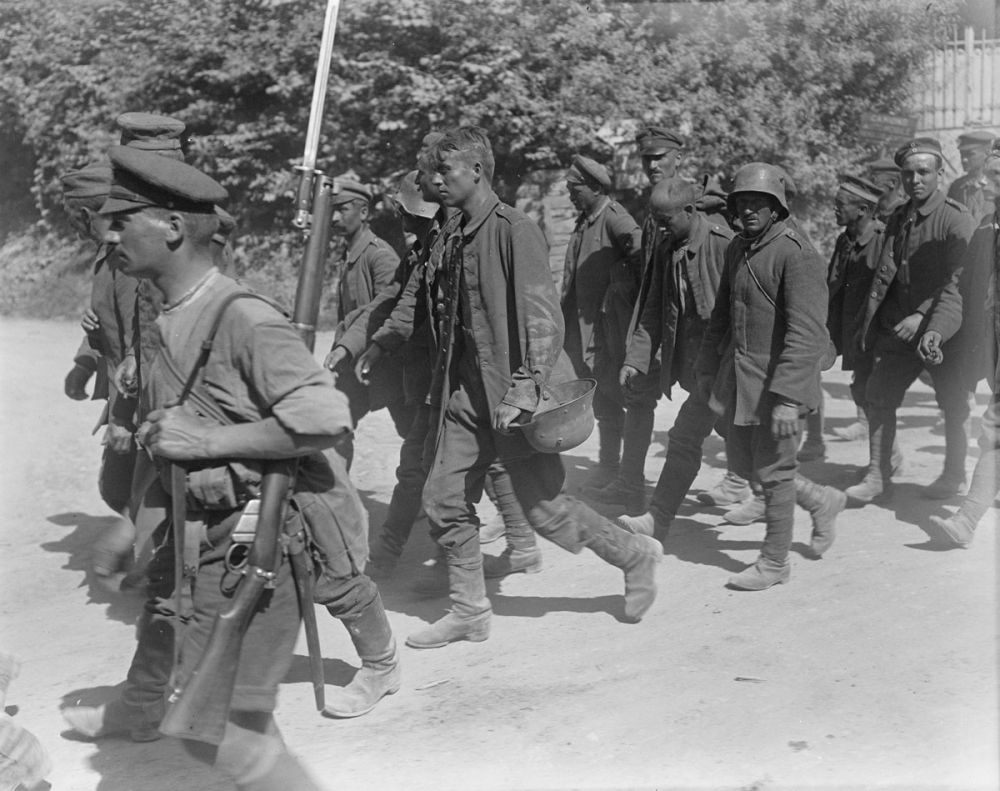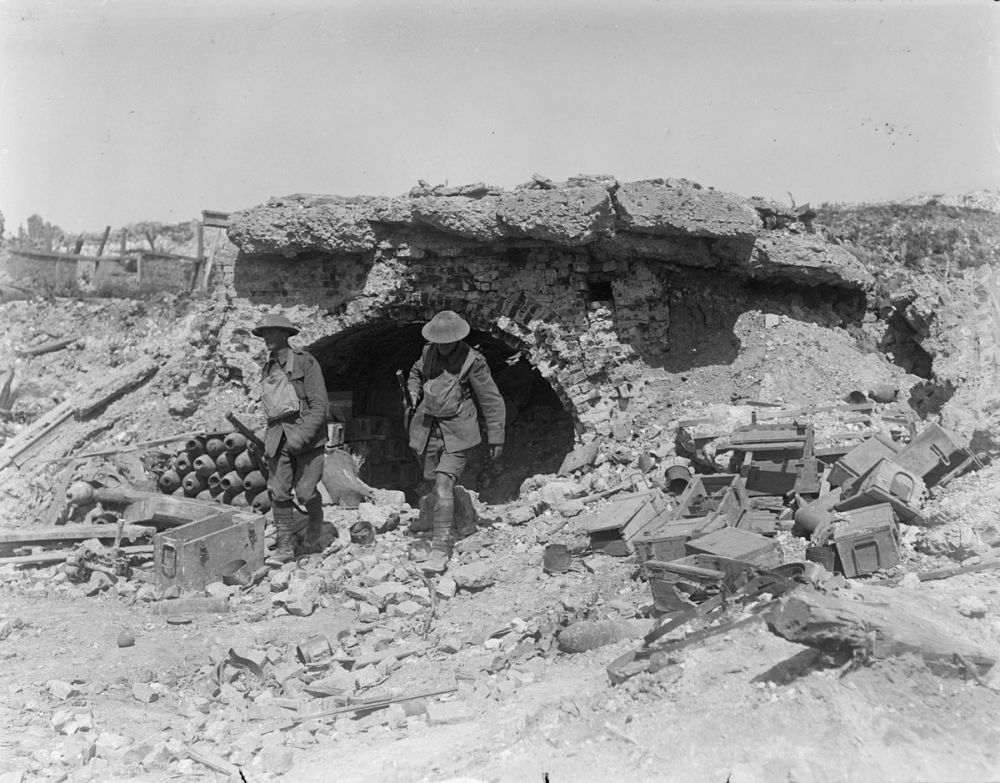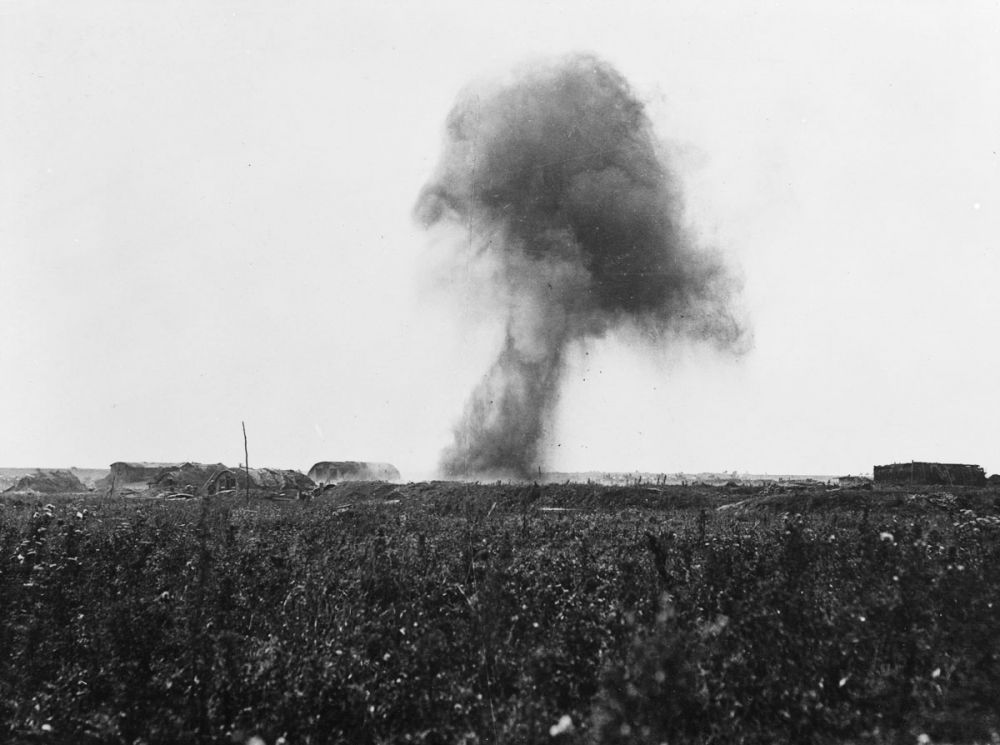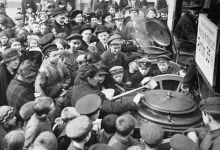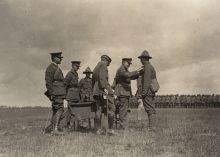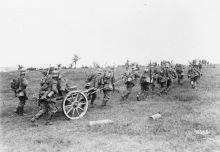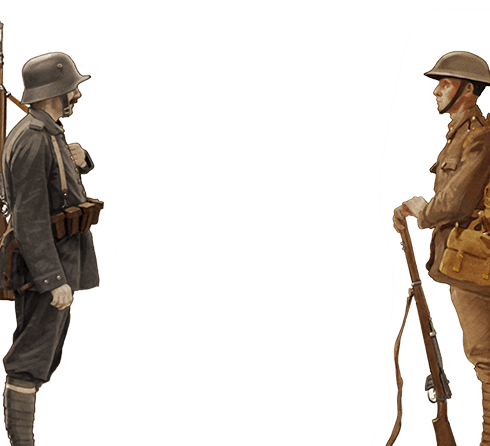1871 Monument
You are standing at the monument to the Battle of Bapaume in 1871 during the Franco-Prussian War. It is amazing that this monument survived the First World War, and the New Zealanders would have passed it as they fought in this area in 1918.
The Arras-Bapaume Road is behind you, and and as you look to your left, you can see the two spires of Bapaume in the distance. To your right is the side road leading to the village of Biefvillers, and beyond that is Grévillers.
On 24 August, Grevillers is near where the New Zealanders started their offensive on Bapaume. Their plan was to swing round through this open ground, north of the town, and to out flank it. One is very conscious from the traffic on the road, that this is an important communication hub. This is a major road heading north to Arras and beyond, and so the Germans would have been very aware that if they didn’t stop this outflanking movement they wouldn’t be able to hold Bapaume itself. The result - on 25 August, was that around this monument and across the road behind you, there was fierce fighting between the Germans and the New Zealanders. The Otago Battalion, in particular, with British tanks assisting, were tasked with taking the road and they advanced to clear the wood itself. Despite heavy casualties, the wood was taken.
The advance was then held up at this spot, and you can see why, with the rolling country around you, which is ideal for defence. There was evidence that the Germans were blowing up their supply dumps and were getting ready to evacuate Bapaume, this signalled to the New Zealanders that the enemy was about to withdraw - so they continued to push forward.



